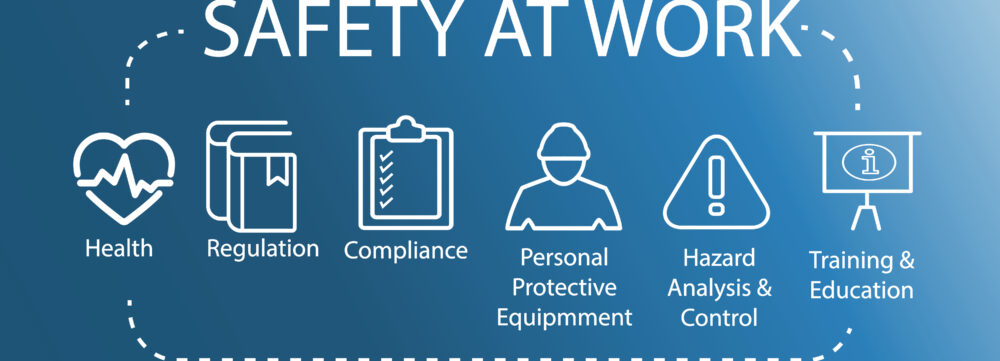Blog
Security and Safety in Design

Hospitals are places of health and restoration. Fostering an environment where patients and staff feel welcome and safe will facilitate the healing process. Designing Hospitals with security and safety in mind is necessary for today’s market.
Safety and Security Are Essential to the Healing Process
A safe environment is essential to the healing process, which means safety and security are also essential to the healing process. Medical facilities are a vital part of society and need to remain safe and functioning at all times. Healthcare designers can factor in security and safety when planning medical facilities.
Important Design Elements
One crucial element of healthcare design that helps improve security is the layout. The layout of each space to improve visibility matters. Every part of a hospital should be easily monitored. For example, parking garages need to be well-lit and without any areas outside of camera coverage. It’s been proven time and time again. The areas that are not monitored are the areas where incidents occur.
Another element of safe healthcare design is clearly demarcated perimeters and zones. Hospitals should be compartmentalized appropriately. Every person at a hospital should understand clearly which areas of the facility are for patients, visitors, and staff. Wayfinding techniques can help mark each area. Security precautions such as badge access and security stations with staff should be used. Adopting these protocols makes the environment safe for patients, visitors, and staff.
Compartmentalizing the facility will also help with potential active shooter events or other crises. It’s difficult to even think of, but mass shootings are on the rise. Hospitals, due to the large number of people that occupy the facility, may become targets. There need to be shelter locations for emergencies. There needs to be multiple exits and entrances so people may flee to safety. Wayfinding techniques come back into play. People need to be about to find their way around easily, especially in high-stress situations.
Incorporate Security Measures Holistically
Healthcare Designers can incorporate security measures holistically so that systems are pleasing and non-obtrusive. For example, the various security stations and devices need to meld in with the design of the facility. Factors such as physical barriers, lighting, and a security command center should also be considered. Some technologies can be easily interwoven into the design of the hospital, such as a digital visitor management system. Being aware of security threats in the planning and implementation stage is the best approach.
Take Away
There are many threats that a hospital potentially faces. A great deal of crime can end up finding its way into medical facilities. But there are many things a healthcare designer can do to prevent the worst from happening. Factors such as visibility, compartmentalization, and interwoven security features can be employed to drastically improve the safety of each hospital.
If you liked this blog check out Lighting In An Intensive Care Unit Patient Room Plays A Role In Quality of Care, Safety, Sustainability, and Patient Comfort, Design that Reduces Adverse, Preventable Events & Promotes Safety, and Double Vision – Overcoming State Issued Safety Code in Design.
Marie Wikoff is the creator of Wikoff Design Studio based out of Reno, Nevada. Her expertise in healthcare design has helped develop modern design for healthcare organizations locally, regionally and internationally. Her credentials include Evidence-Based Design Accreditation and Certification (EDAC), American Academy of Healthcare Interior Designer (CHID), the National Council of Interior Design Qualification (NCIDQ) and LEED AP. Contact Marie Wikoff







